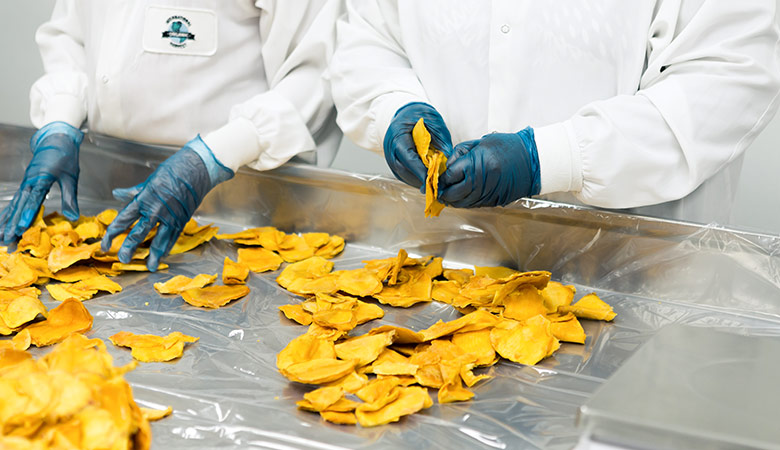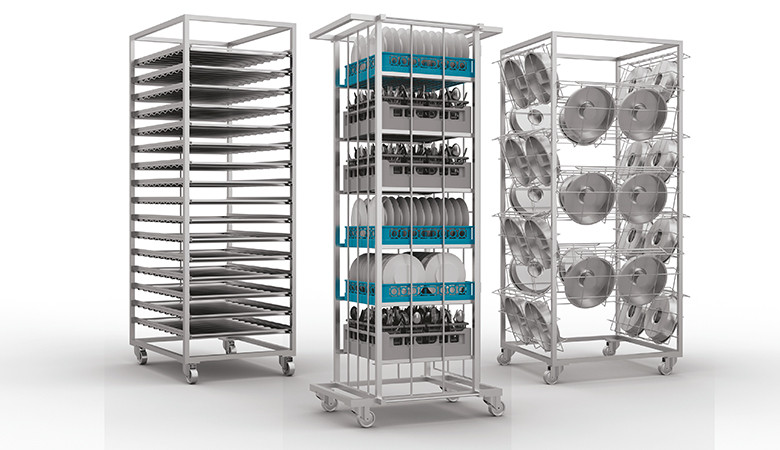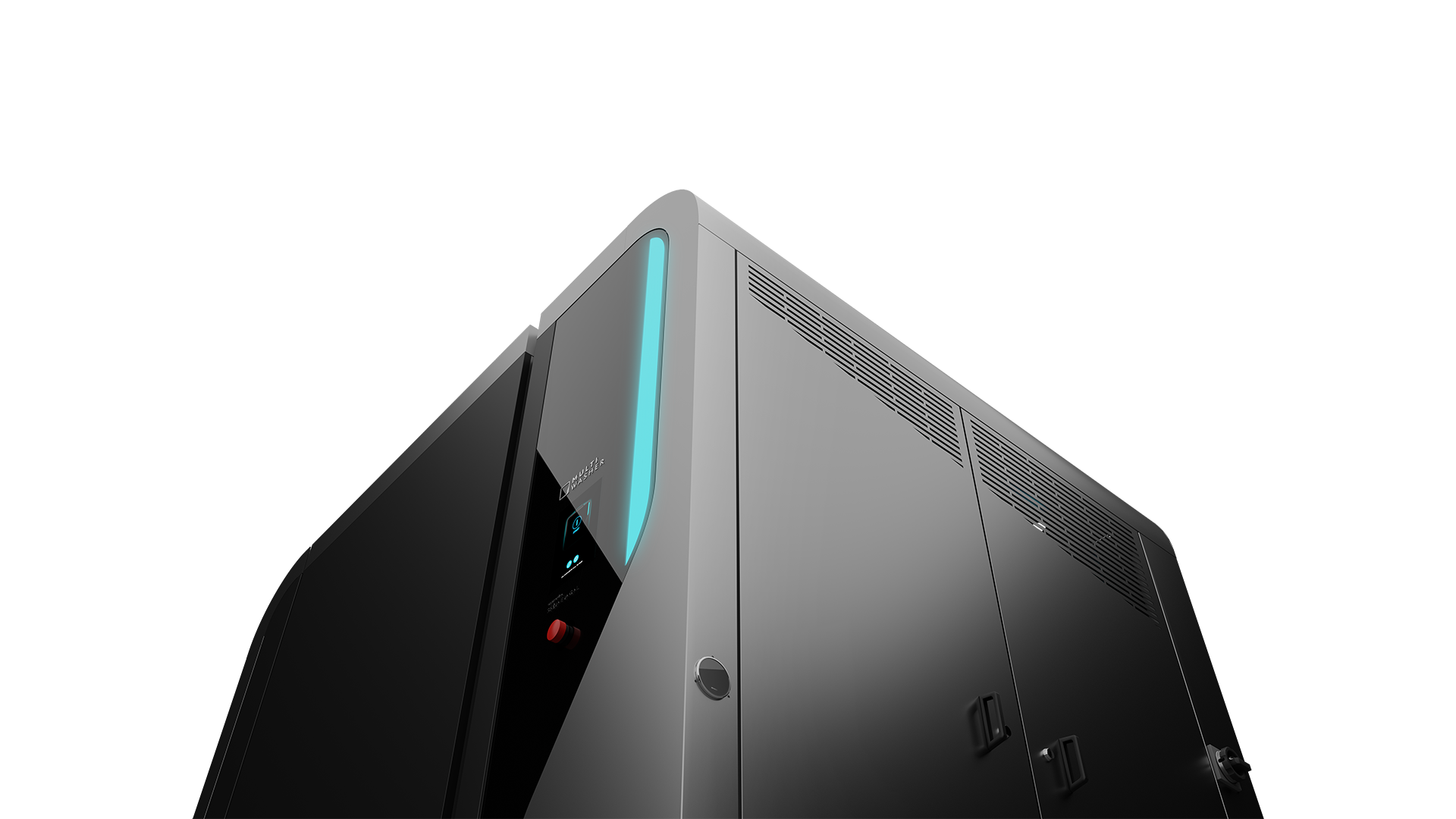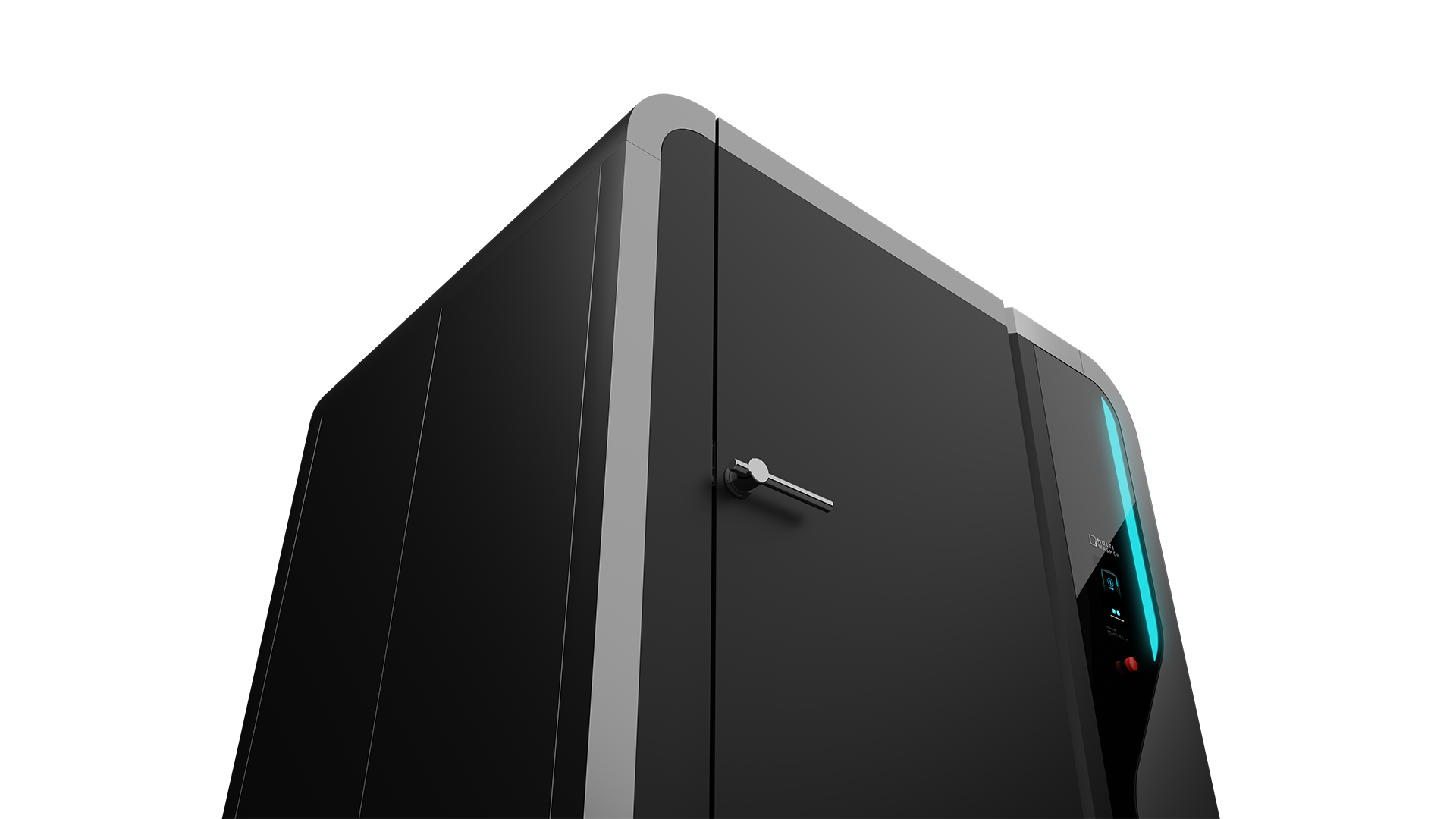Industrial washing / Articles
It’s in our hands: how to improve Food Safety and Hygiene
No company can wash its hands of Food Safety and Hygiene. But what does it mean and how can companies protect their production processes?

 10 minutes of reading
10 minutes of reading
2021-11-11 18:20:42
No company can wash its hands of Food Safety and Hygiene. But what does it mean and how can companies protect their production processes?
Pathogens, allergens, genetic modifications, pesticides, processed foods, nutritional labeling. These are just some concerns related to Food Safety and Hygiene that regularly flood the news.
Addressing these issues and improving Food Safety and Hygiene requires time, resources and the involvement of everyone in the food production chain, including producers, consumers, and regulators:
- Governments seek to pass legislation that is effective for both the consumers and industry;
- Consumers need food control systems that protect them against a lack of hygiene;
- The food industry needs standards that ensure flexibility and efficiency in production and distribution.
How to meet all these requirements simultaneously? These are some of the best practices to consider.
Design for Hygiene and Food Safety
For several years now, developing food products has gone far beyond the doors of the lab or the conference room. Before committing to producing and marketing a major new product, manufacturers usually present it to small groups of consumers to study reactions on a wide range of subjects such as ease of use, packaging and degree of sensory satisfaction. And before moving on to large-scale marketing, most companies hold pilots in regional or limited markets.
But today's concerns about Food Safety and Hygiene lead many product designers to sit at the drawing table with a different mindset. It is no longer enough for the product to be functional and appealing–it needs to facilitate quality control.
In leading organizations, designers translate product specifications into operational programs to ensure production safety. Quality managers identify the most critical control points when the product is still in an embryonic phase. Food Safety and Hygiene is a major concern from the start, but keeping up with the market’s and regulator’s demands requires modern equipment, robust standards and well-trained staff.
The MultiWasher, our flagship ware washing machine, was developed by specialized engineers to maximize the level of operational efficiency and quality control. It allows companies to save resources (e.g. water and electricity), as well as washing products (e.g. detergent), while ensuring perfect cleaning and improved food safety and hygiene.
Create a quality control program
More and more, quality managers design control programs using risk analysis techniques, which include the following elements.
- Risk analysis to identify hazards to the consumer and the critical control points along the production chain;
- Key Performance Indicators to assess at each control point and its range of acceptable limits;
- Follow-up procedures for control points and corrective actions;
- Verification procedures to ensure that corrective measures have been taken;
- A simple and visual monitoring system of control points throughout the production chain.
With quality control programs that meet these requirements, it is possible to ensure Food Safety and Hygiene throughout the entire production chain, and not just at the end of the process.
Hope for the best, prepare for the worst
The goal of all quality systems is to prevent defective or low-quality products from reaching the market. But sometimes, even the most comprehensive systems fail.
Ensuring Food Safety and Hygiene requires procedures to remove products from the market as soon as possible in case something goes wrong. Hoping for the best and preparing for the worst is the best strategy to protect the health of consumers and the brands’ reputation.
To do this, it is important to ensure production traceability and save records for each production lot, with:
- Identification of supplier, distributor, carrier and customer
- Lot number
- Type and quantity of products
- Transaction and delivery dates
Train everyone involved, even if they are outside the organization
Training is essential in all operating activities, but it is especially important for Food Safety and Hygiene. A simple mistake can cause irreparable damage to consumer confidence.
Those working in food production should be carefully trained to contribute to quality. Training should involve aspects such as:
- Personal hygiene;
- Defect detection;
- Simple maintenance of equipment;
- Workstation cleaning
- Washing utensils;
- Food preparation and storage;
- Disposal of waste;
- Pest control;
- Consequences of lack of hygiene and food safety.
This training helps everyone understand the importance of food security, while reducing the risk of contamination and disease transmission. Similarly, suppliers and distributors are key elements in quality control. For this reason, they should receive detailed instructions on the parameters and procedures they need to comply with.
Layouts are crucial to ensure Food Safety and Hygiene
Layouts impact the maintenance and cleaning of equipment and surrounding areas. For example, flows of clean and dirty materials should be separated, such as in a hospital, to prevent cross-contamination of food products during the production process.
The flow must be one-way from the input to the output, without recoils, to prevent materials from having to move more than is strictly necessary. Over-travel is a waste, causes accidents and complicates management.
A layout that is customized to the production process is more organized and productive. But it's also easier to supervise. Supervisors can quickly understand where each person is and what is the current state of production.
Food Safety and Hygiene begins with the selection of equipment
At the time of equipment purchase, it is necessary to consider several factors:
- Choose machines that are easy to clean, maintain and inspect, with access to every component;
- Prefer surfaces that can be cleaned at a microbiological level and materials that can be easily undergo decarbonization;
- Opt for machines that minimize emissions;
- Confirm that the manufacturer provides clear maintenance and inspection procedures;
- Check if the machine suits the process, not the other way around.
The MultiWasher is a piece of state-of-the-art technology. This industrial washing machine achieves hospital-grade results during washing with minimum water, detergent, energy and space consumption.
In addition, MultiWasher offers an efficient and safe storage system for the operator, thanks to its closed-cabin layout. It allows users to store all the dishes and other accessories in a single space, avoiding unnecessary travel and accidents during work.
Establish simple washing procedures
Regular washing of food preparation utensils and tools is essential in reducing the risk of contamination. Doing so requires using detergents recommended by the manufacturer for the desired washing level. Operators should select the washing program most suited to what is being washed and the main parameters (such as temperature, speed, amount of water and detergent) should adjust automatically.
This automation in washing allows companies to be more efficient, frees people for value-added tasks and ensures the quality of washing in every cycle.
Facilitate communication with consumers to promote Food Safety and Hygiene
There are several reasons for a consumer to contact a brand. It could be because they saw an ad, a social media post, or an information on the label that surprised them. They may have doubts about how best to use the product or want to file a complaint.
While the number of interactions between consumers and brands is growing worldwide across all channels, the phone remains the preferred means of communication. But it is impossible to extract valuable insights when calls are not logged and analyzed. Companies should carefully study these contacts as they are an inexhaustible source of ideas to improve Food Safety and Hygiene. As a result of communication with consumers, manufacturers can change products, improve labels or review communication.
At Somengil, we develop state-of-the-art industrial washing machines. MultiWasher allows you to wash everything necessary to ensure Food Safety and Hygiene – from dishes to filters.
With a high degree of automation, it is possible to guarantee a level of hospital washing in every cycle. Washing is done at high temperatures, with a minimum consumption of water, energy and detergent. Thus, the Mulitwasher ensures quality of washing and minimizes the impact on the environment and on workers' health. Schedule a webinar today or contact our team to see the difference.
You may also like

Industrial washing / Articles
Trolley for washing machine: how to choose the right one?
Find out what makes a great trolley for washing machine and learn how to choose the right one for the washing results you need.
Posted in 2024-12-19

Industrial washing / Articles
From global leadership to expansion in Brazil: Somengil's journey
Recognised globally as a leader in industrial washing solutions, Somengil has consolidated its position as a worldwide reference-point over more...
Posted in 2025-03-20























 Portugal
Portugal United Kingdom
United Kingdom United States
United States France
France Spain
Spain Germany
Germany Romania
Romania Italy
Italy Czech Republic
Czech Republic Finland
Finland Hungary
Hungary Slovakia
Slovakia Greece
Greece Lithuania
Lithuania South Korea
South Korea Russia
Russia Saudi Arabia
Saudi Arabia Poland
Poland Brasil
Brasil Hebrew
Hebrew